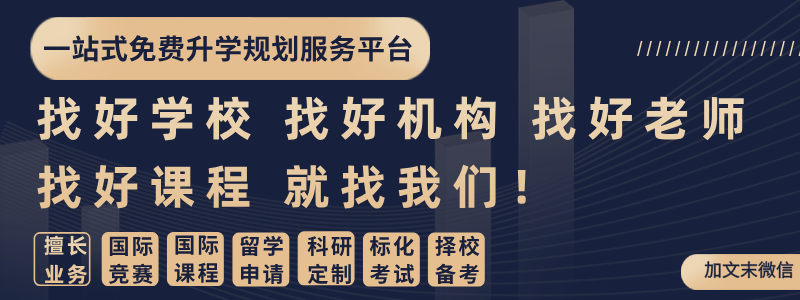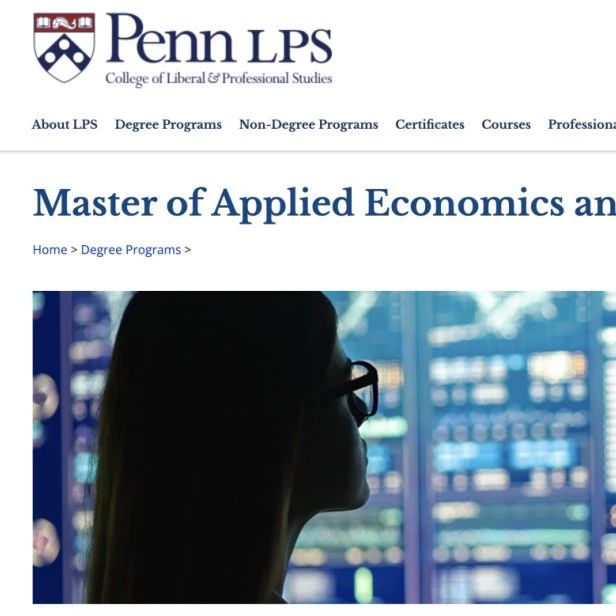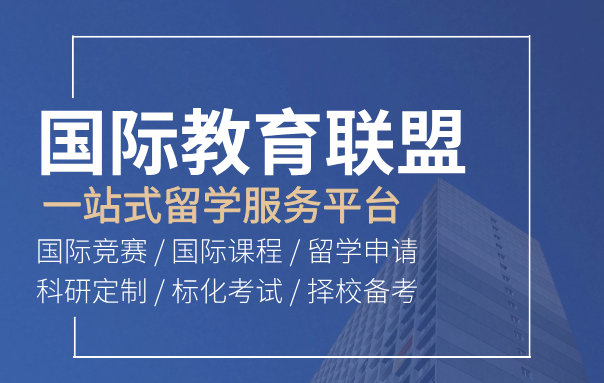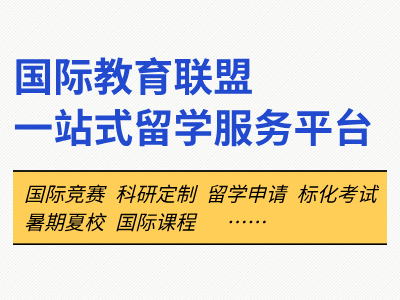在SAT的备考中,大部分同学会认为阅读最难,而阅读的六大题型当中,很多同学觉得推理题最难 😭
推理题是阅读部分的最后一个题型,在考试中,很多同学会卡在Module 2 的最后两三道推理题上,觉得文本又长,逻辑关系又复杂,比较难做,所以对推理题简直闻之色变 😵💫
那么推理题有套路吗?
为了更好的解答这一问题,今天,机构机构SAT老师将从经典例题入手,为大家详细剖析。
我们都知道一些基本的原则,比如选项必须在原文有确切依据,比如要关注原文中涉及逻辑关系的部分。但在考试的紧张状态中,去处理复杂的逻辑关系确实有点困难。
如果我们仔细去研究推理题的文本特点和出题思路,会发现还是有套路可循的,备考的时候我们熟悉这些套路,考试中看到类似的题目就会游刃有余。
👉 比如今天给大家分享一种常见的套路,姑且叫它理论质疑类题目
例题:来自2024年5月A卷
Mongolia, which, according to international indices, has relatively strong democratic institutions and low intranational income inequality, experienced an inflation rate of 4.30% in 2017, whereas Cameroon, which shows the opposite pattern on such indices, had an inflation rate of only 0.64% that year. Such comparisons have engendered speculation that by diluting control over the economy, democratic institutions inhibit states' ability to counteract inflationary pressures.To test this possibility systematically, Raj Desai et al. examined democratic strength, intranational inequality, and inflation in more than 100 countries, finding that democratic strength, if associated with low inequality, restrains inflationary pressures, suggesting that ________
Which choice most logically completes the text?
A. it would be a mistake to treat the relative inflation rates of Mongolia and Cameroon as indicative of an inherent shortcoming in democratic institutions with regard to control over inflation.
B. speculations about the relative inability of democratic institutions to counteract inflation are based on measures that tend to exaggerate the levels of inflation in strongly democratic countries such as Mongolia.
C. the factors that contributed to Mongolia's elevated inflation rate relative to Cameroon's have less to do with the countries political institutions than with the countries' levels of income inequality.
D. the difference between Mongolia and Cameroon with regard to democratic institution strength may have been greater in 2017 than was represented by international indices.
通过对文本的分析我们来提炼一下信息,简单来说,蒙古是民主国家,通胀率高,喀麦隆不是民主国家,通胀率低,通过这种对比,有些学者就形成一种假说,民主制度会抑制国家控制通胀率的能力。
然而后面根据对一百多个国家的研究,学者发现,在一定条件下,民主制度是可以控制通胀率的。
基本上这类题的套路都很类似,先讲一个现象(phenomenon),基于现象得出一个理论(speculation/hypothesis/theory)等,然后呈现另外一些研究结果去质疑、挑战之前的理论,所以我们称之为理论质疑类题目。
这类题目通常选的答案就是之前的理论有问题,比如上面的例题,我们知道研究结果与之前的hypothesis相反,说明蒙古和喀麦隆的例子只是个例,不能推及所有民主制度,认为是民主制度本身的问题,答案选A。
其实,真题里有不少类似的题目,比如2024年6月A卷的蛾子干扰回声定位,真题中出现过4次的Quasars的形成等。













